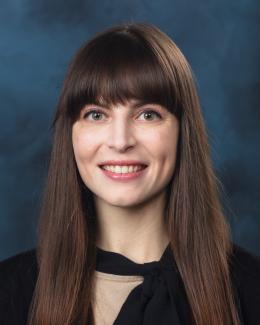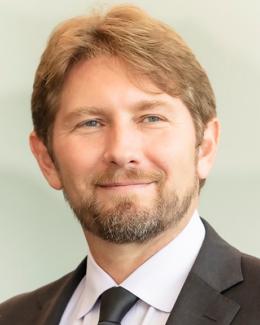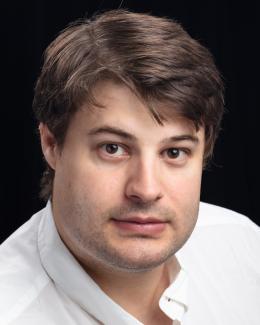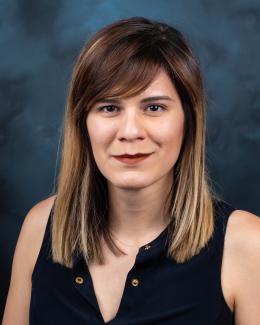In mid-April, students from Webb School of Knoxville taking an advanced science class that focuses on quantum computing topics visited the Department of Energy’s Oak Ridge National Laboratory to tour its world-class facilities and discover the many career paths available in the ever-growing field of quantum information science.
Much of this information came from a series of lunchtime lightning talks. Travis Humble, director of the Quantum Science Center, described how quantum systems could play a key role in research to solve health and hunger issues, establish clean energy sources and develop future technologies. The QSC is a DOE National Quantum Information Science Research Center headquartered at ORNL.
“The Nobel Prize in Physics last year went to several researchers who achieved breakthroughs in quantum experiments, and this really reiterates the value of research being done in this field,” Humble said. “It’s important for ORNL and the QSC to continue providing theoretical and experimental insights that help move the global quantum conversation forward.”
The group then heard from Eugene P. Wigner Fellow Andrea Delgado, who explained how quantum techniques can be applied to help solve high-energy physics problems aimed at better understanding the building blocks of matter. With only 275 quantum bits, or qubits, she said, researchers can represent more computational states than the number of atoms in the observable universe, but harnessing that power for real-world applications can be a challenge.
Matthew Feldman, a postdoctoral research associate affiliated with the QSC, discussed the unique properties of quantum particles, such as superposition, in which multiple quantum states can exist at once, and entanglement, in which two qubits are intrinsically connected across any distance. These characteristics are enabling the development of cutting-edge quantum computers that will complete complex calculations much faster than current classical or hybrid techniques.
Following their talks, the speakers participated in a Q&A session to clarify key points that activated the class’s curiosity, such as the intricacies of quantum machine learning.
During their time on campus, the students also toured the Spallation Neutron Source and High Flux Isotope Reactor, both highly advanced neutron scattering facilities; the Center for Nanophase Materials Sciences, which provides the resources and expertise needed to conduct research at the nanoscale; and the Oak Ridge Leadership Computing Facility that houses Frontier — the world’s first and fastest exascale supercomputer. These four entities are DOE Office of Science user facilities.
For many students, the visit marked their first experience with a national laboratory. In a series of brief interviews, they shared their interest in quantum science, their career aspirations and their takeaways from the presentations. For their teacher, Jenifer Lawrie, giving her class this experience is part of her ongoing efforts to prepare the next generation of quantum experts and enthusiasts.
I really want my students to see science as something that they can do, see physics as something that they can do, see quantum computing as something that they can do, and to understand how to use it to solve real-world problems
The QSC, a DOE National Quantum Information Science Research Center led by ORNL, performs cutting-edge research at national laboratories, universities, and industry partners to overcome key roadblocks in quantum state resilience, controllability, and ultimately the scalability of quantum technologies. QSC researchers are designing materials that enable topological quantum computing; implementing new quantum sensors to characterize topological states and detect dark matter; and designing quantum algorithms and simulations to provide a greater understanding of quantum materials, chemistry, and quantum field theories. These innovations enable the QSC to accelerate information processing, explore the previously unmeasurable, and better predict quantum performance across technologies. For more information, visit qscience.org.
UT-Battelle manages ORNL for DOE’s Office of Science, the single largest supporter of basic research in the physical sciences in the United States. DOE’s Office of Science is working to address some of the most pressing challenges of our time. For more information, visit https://energy.gov/science. — Elizabeth Rosenthal





